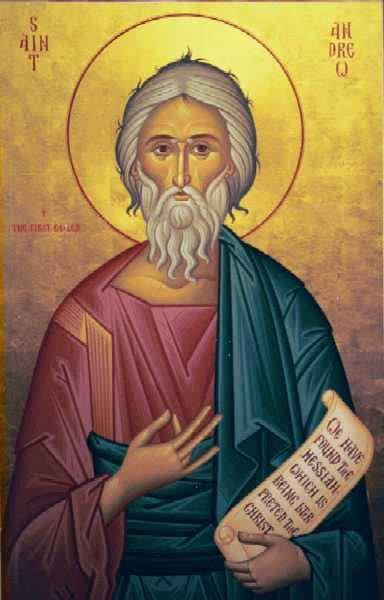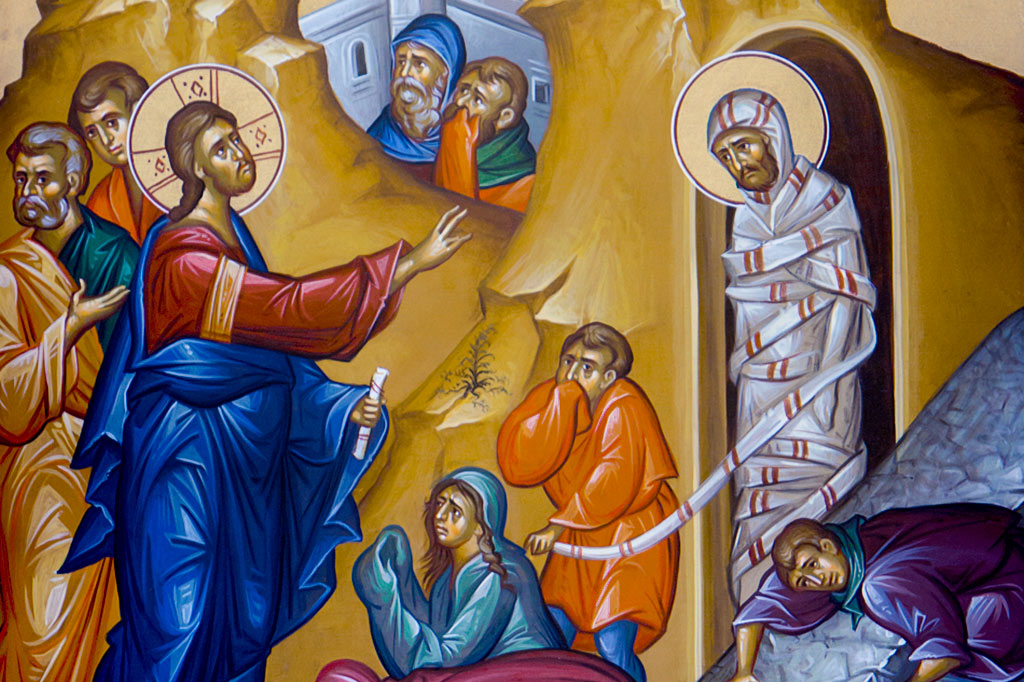St. Andrew, one of the twelve apostles of Jesus Christ, has a fascinating legacy that spans centuries and continents. Revered for his steadfast faith, miracles, and martyrdom, he remains a beacon of inspiration for millions. From his missionary work to his influence on the Crusades and his veneration in Scotland, St. Andrew’s story is one of profound devotion and historical significance.
St. Andrew, the patron saint of Scotland, holds special significance in Freemasonry, particularly within the Scottish Rite. As a figure revered for his humility, courage, and unwavering dedication to his principles, St. Andrew represents virtues that resonate deeply with Masonic teachings.
The Life of St. Andrew
St. Andrew was born in Bethsaida, a fishing village on the Sea of Galilee, and was the brother of Simon Peter, another of Christ’s apostles. Before following Jesus, Andrew was a disciple of John the Baptist, who proclaimed Jesus as the Lamb of God. Upon hearing this, Andrew immediately followed Jesus and later introduced his brother Peter to the Messiah, earning the title “The First-Called.”
Andrew became one of Jesus’ closest disciples, witnessing miracles such as the feeding of the 5,000 and the raising of Lazarus. After Jesus’ resurrection and ascension, Andrew took on the mission of spreading Christianity. Tradition holds that he preached in regions such as Scythia (modern-day Ukraine and Russia), Asia Minor, and Greece.
Miracles Attributed to St. Andrew
St. Andrew’s miracles were a testament to his unwavering faith and the power of the Gospel. Among his most famous acts:
- Healing the Sick: Andrew is said to have healed many during his missionary journeys, restoring health to the ill and giving hope to the downtrodden.
- Defeating Paganism: In Patras, Greece, he confronted pagan priests and converted many to Christianity, reportedly toppling an idol through prayer.
- Delivering Divine Wisdom: Legends tell of Andrew calming storms and offering guidance that saved countless lives, both spiritually and physically.
Martyrdom of St. Andrew
Andrew’s missionary work eventually led to his arrest in Patras under the orders of the Roman governor Aegeas. Refusing to renounce his faith, Andrew was sentenced to death by crucifixion. According to tradition, Andrew requested to be crucified on an X-shaped cross, as he felt unworthy to die in the same manner as Jesus. This cross, now known as the Saltire or St. Andrew’s Cross, became one of his enduring symbols.
Andrew died a martyr, preaching the Gospel until his final breath. His courage and faith in the face of persecution inspired generations of Christians.
Beatification and Sainthood
St. Andrew was venerated as a saint shortly after his martyrdom. His life, miracles, and martyrdom exemplified the virtues of faith, courage, and devotion to God, making him a model of Christian sainthood. Though beatification as a formal process did not exist in Andrew’s time, his widespread veneration by the early Church ensured his place among the saints.
St. Andrew and the Crusades
During the Middle Ages, St. Andrew’s relics played a significant role in the Crusades. Believed to have miraculous protective powers, they were carried into battle to inspire and protect Christian forces. His relics were housed in various churches across Europe, including the Cathedral of Amalfi in Italy, where they remain today.
St. Andrew’s influence during the Crusades extended beyond relics. His reputation as a courageous apostle and defender of the faith inspired many to take up arms in the name of Christianity.
St. Andrew as the Patron Saint of Scotland
St. Andrew’s association with Scotland dates back to the 4th century when, according to legend, his relics were brought to the region by St. Regulus (St. Rule), a monk who received a vision instructing him to do so. The relics were housed in a settlement that became the town of St. Andrews.
The Saltire, St. Andrew’s cross, became Scotland’s national flag after a legendary battle in 832 AD. On the eve of battle, King Óengus II prayed for divine intervention, and St. Andrew appeared in a vision. The next day, an X-shaped cross appeared in the sky, leading to victory. This event cemented St. Andrew’s status as Scotland’s patron saint.
Legacy and Celebration
St. Andrew’s feast day, celebrated on November 30th, is a public holiday in Scotland. It marks the beginning of Advent and is a day of national pride. His patronage extends beyond Scotland to other countries, including Greece, Russia, and Barbados.
St. Andrew and Freemasonry
St. Andrew holds a revered place in Freemasonry, particularly within the Scottish Rite and the Masonic Knights of St. Andrew. As the patron saint of Scotland, his connection to Scottish heritage and his symbol, the Saltire (X-shaped cross), resonate deeply with the traditions of the Scottish Rite, which emphasizes enlightenment, moral virtue, and service to humanity. The Masonic Knights of St. Andrew, a prestigious honorary group within the Scottish Rite, draw inspiration from St. Andrew’s humility, courage, and dedication. Members of this order serve their Valleys and communities with the same selflessness and commitment exemplified by their patron saint, embodying the ideals of loyalty, faith, and fraternity that define both Freemasonry and the enduring legacy of St. Andrew.
Conclusion
The life of St. Andrew is a testament to the transformative power of faith and devotion. From his role as the “First-Called” apostle to his influence on nations and warriors, his legacy endures in religious tradition and cultural identity. As the Patron Saint of Scotland, his story continues to inspire unity, courage, and faith in the face of adversity.






